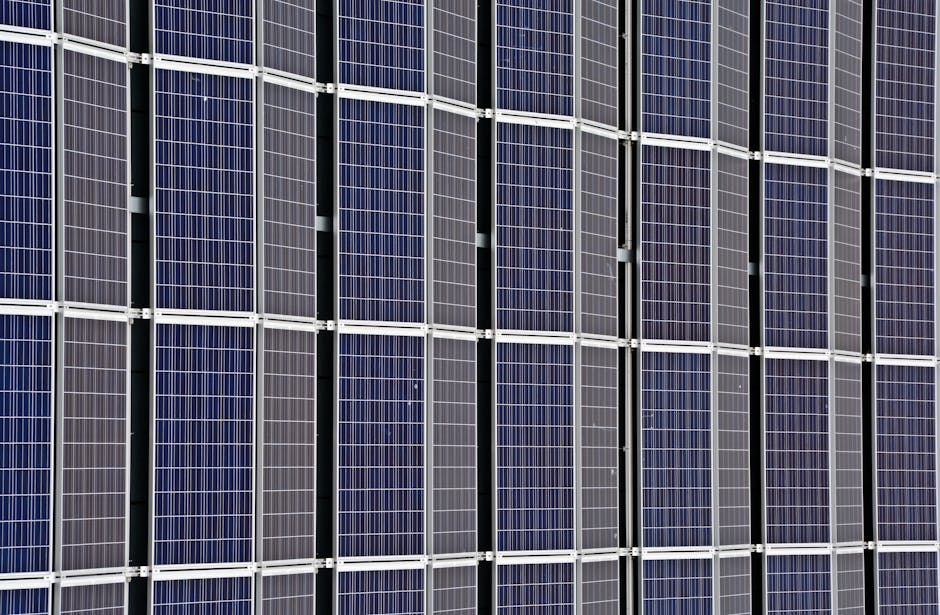How To Install Solar Inverter
Installing a solar inverter is a crucial step in setting up a solar power system. This device converts the direct current (DC) electricity generated by solar panels into alternating current (AC) electricity, which is used in most homes. Whether you’re a DIY enthusiast or hiring a professional, understanding the installation process can help you make informed decisions. In this guide, we’ll walk you through the steps to install a solar inverter safely and effectively.
Understanding Solar Inverters
Before diving into the installation process, it’s essential to understand what a solar inverter does and the different types available.
What is a Solar Inverter?
A solar inverter is an electronic device that converts the DC electricity produced by solar panels into AC electricity. This conversion is necessary because most household appliances run on AC power. In addition to conversion, solar inverters also perform several other functions:
- Monitoring: Many inverters come with monitoring capabilities, allowing you to track energy production and system performance.
- Safety: Inverters can disconnect from the grid during power outages to protect utility workers and your system.
- Maximizing Efficiency: They optimize the energy output from solar panels by adjusting the voltage and current.
Types of Solar Inverters
There are three main types of solar inverters:
- String Inverters: These are the most common type, connecting multiple solar panels in a series. They are cost-effective but can be less efficient if one panel is shaded.
- Microinverters: These are installed on each solar panel, allowing for independent operation. They are more efficient in shaded conditions but can be more expensive.
- Power Optimizers: These work with string inverters to maximize the output of each panel while still being connected in series.
Preparing for Installation
Before you start the installation process, you need to gather the necessary tools and materials. Proper preparation ensures a smooth installation experience.
Tools and Materials Needed
- Solar inverter
- Mounting brackets (if not included with the inverter)
- Wiring (DC and AC cables)
- Electrical conduit
- Drill and drill bits
- Screwdriver
- Wire strippers
- Multimeter
- Safety gear (gloves, goggles)
Safety Precautions
Safety should always be your top priority when working with electrical systems. Here are some essential safety tips:
- Always wear safety gear, including gloves and goggles.
- Turn off all power sources before starting the installation.
- Follow local electrical codes and regulations.
- If you’re unsure about any step, consult a professional electrician.
Step-by-Step Installation Process
Now that you’re prepared, let’s go through the step-by-step process of installing a solar inverter.
Step 1: Choose the Installation Location
Select a suitable location for your solar inverter. It should be:
- Close to the solar panels to minimize wiring length.
- In a shaded area to prevent overheating.
- Accessible for maintenance and monitoring.
Step 2: Mount the Inverter
Once you’ve chosen a location, it’s time to mount the inverter:
- Use the mounting brackets provided with the inverter.
- Drill holes into the wall or mounting surface and secure the brackets with screws.
- Attach the inverter to the brackets, ensuring it is level and secure.
Step 3: Connect the DC Wiring
Next, you’ll need to connect the DC wiring from the solar panels to the inverter:
- Run the DC cables from the solar panels to the inverter location.
- Strip the ends of the wires and connect them to the inverter’s DC input terminals.
- Ensure that the positive and negative wires are connected correctly to avoid damage.
Step 4: Connect the AC Wiring
After connecting the DC wiring, it’s time to connect the AC wiring:
- Run the AC cables from the inverter to your electrical panel.
- Strip the ends of the wires and connect them to the inverter’s AC output terminals.
- Connect the other end of the AC cables to a dedicated circuit breaker in your electrical panel.
Step 5: Ground the Inverter
Grounding is essential for safety. Follow these steps:
- Locate the grounding terminal on the inverter.
- Connect a grounding wire from the inverter to a grounding rod or the grounding system of your home.
Step 6: Turn on the System
Once everything is connected, it’s time to power up the system:
- Turn on the circuit breaker connected to the inverter.
- Switch on the inverter using its power button.
- Check the display for any error messages or warnings.
Step 7: Monitor the System
After installation, it’s crucial to monitor the system’s performance:
- Use the inverter’s monitoring features to track energy production.
- Check for any irregularities or issues regularly.
- Consider installing additional monitoring software for more detailed insights.
Common Issues and Troubleshooting
Even with careful installation, you may encounter some common issues. Here are a few troubleshooting tips:
Inverter Not Turning On
- Check if the circuit breaker is turned on.
- Ensure all connections are secure and correctly wired.
- Look for any error codes on the inverter display and consult the manual.
Low Energy Production
- Inspect the solar panels for dirt or debris that may be blocking




